I followed the Advanced track:
Sewing Samples – Set 2
I followed the Advanced track:
I followed the Advanced track:
Quarter Scale Slopers, cont.
Full Scale Slopers
I remeasured, redid my 1/4 bodice block, and made progress on my new 1/4 sleeve.

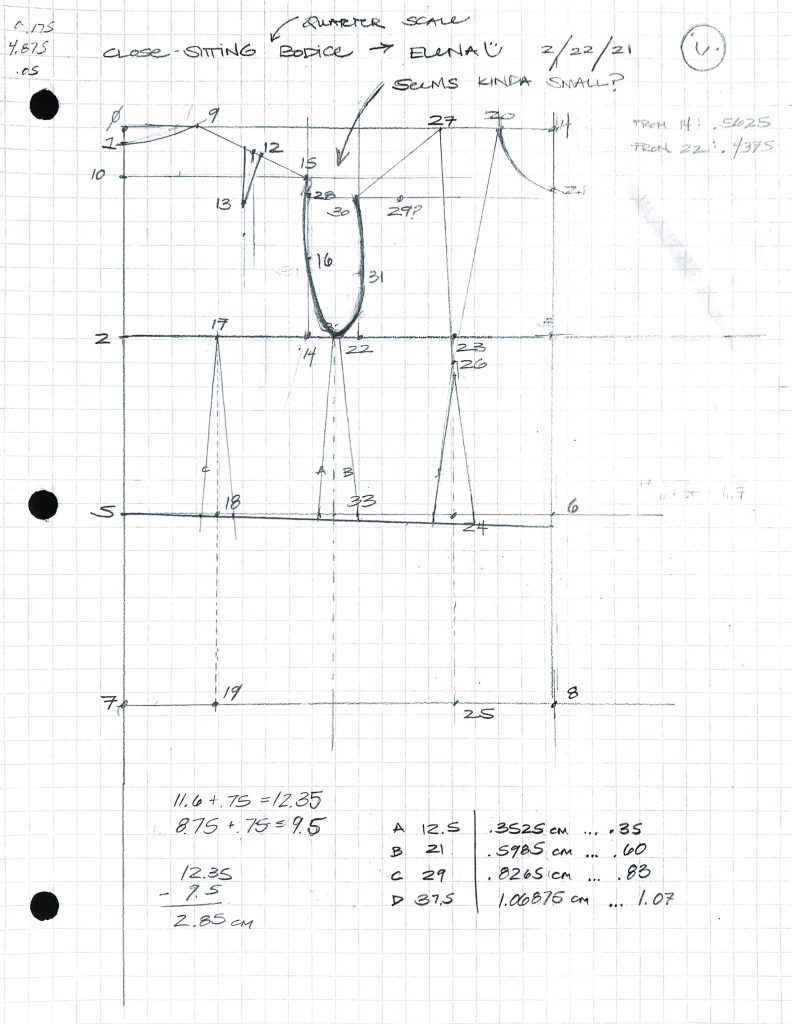
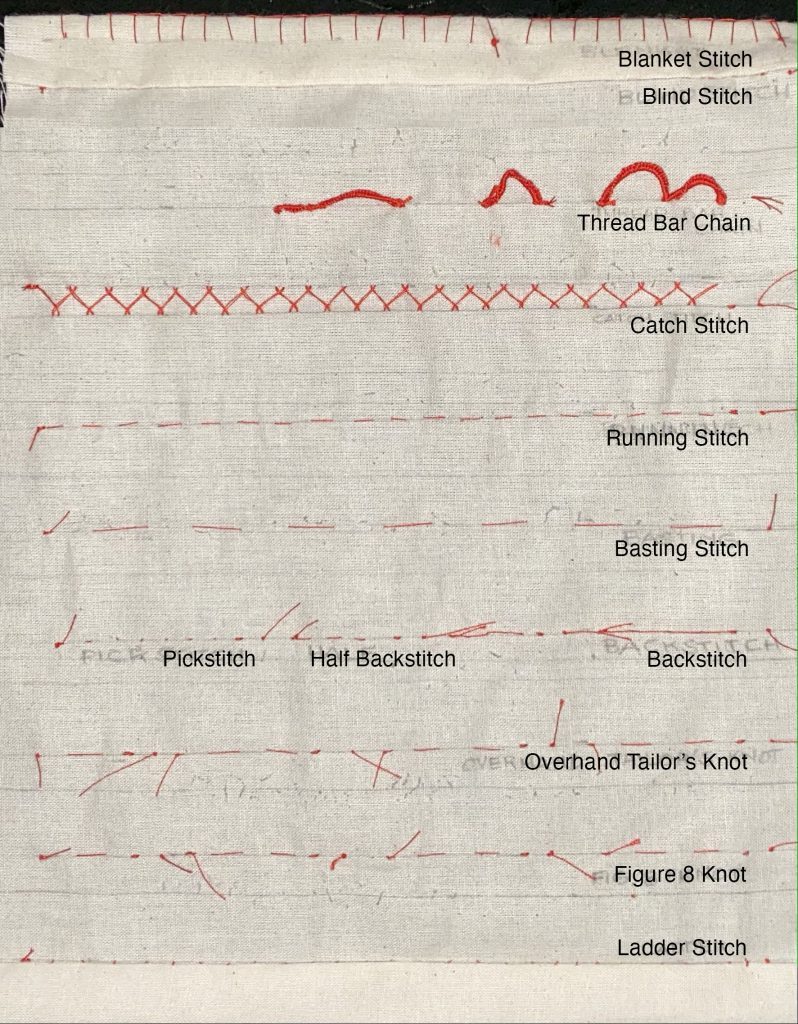
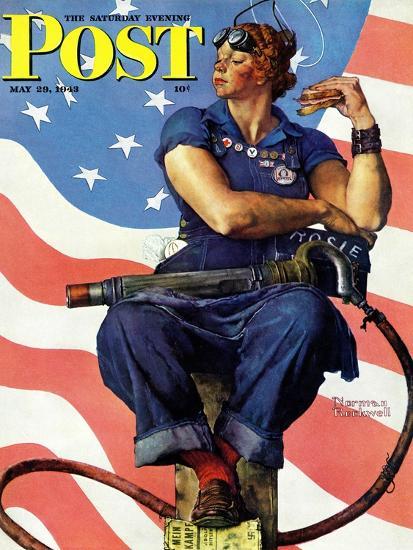


This book chapter focuses on overalls, and the wide range of both practical uses and fashionable trends for which their design has been adapted and applied. From the Eastern European desexualized and gender-neutral socialist uniform, to the similarly practical and androgynus American wartime garment, to the eventual design of the skisuit, spacesuit, and the disco-chic jumpsuit. It mainly covers the versatility of the design, from both aesthetic perspectives as well as functional ones.
I’ve personally always been quite fascinated by the overall, as the pre-coordinated outfit has a seemingly limitless realm of possibility. Its was fascinating to read about the very specific cultural significance that different versions of this garment have had in the past, and how incredibly varied that history has been. One quote that stuck with me especially was that overalls can be seen”in utopia as an ideal outfit, and in dystopia as a cursed one.”. They contain both the strength to completely empower the wearer and simultaneously to completely strip them of their originality and personal style. So much of the culture of the garment comes from the culture of the specific design or even the greater context of the environment within which it is worn.
Elena, Kye
Cotton Corduroy
Examples:
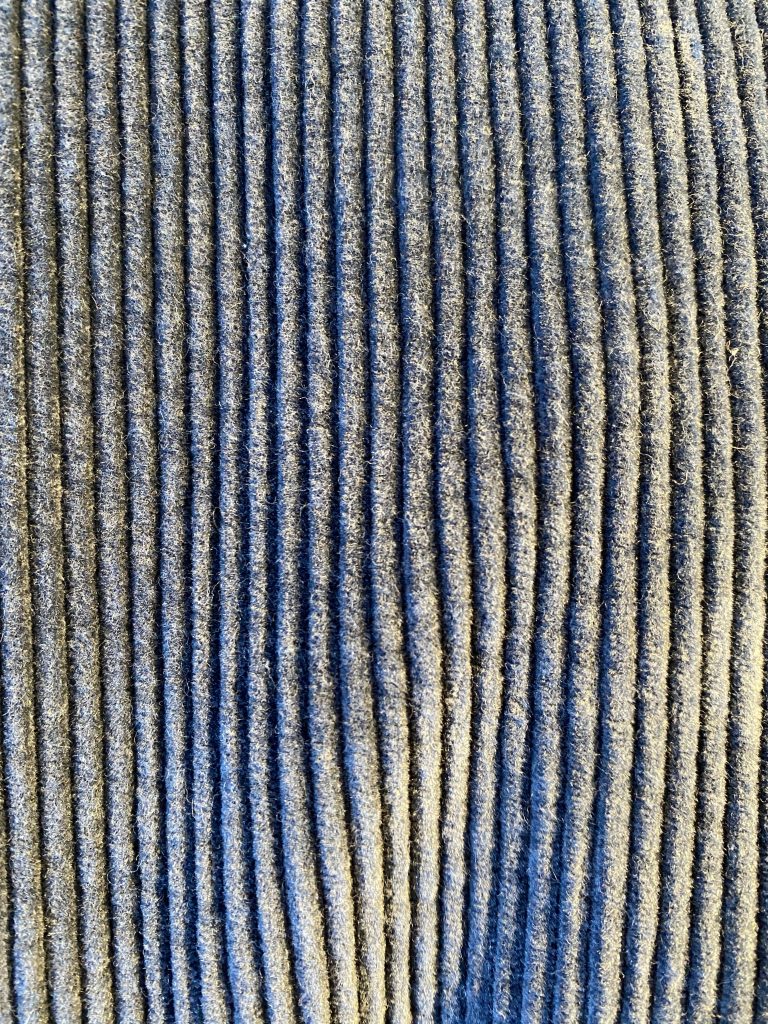
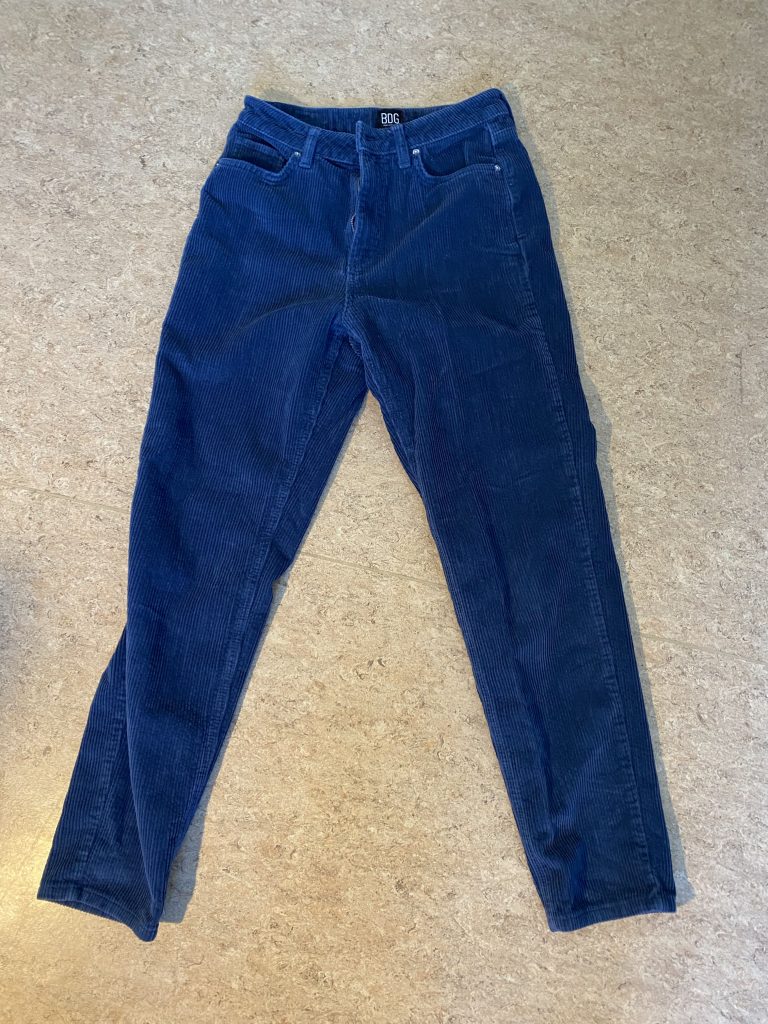
Other corduroy garments:
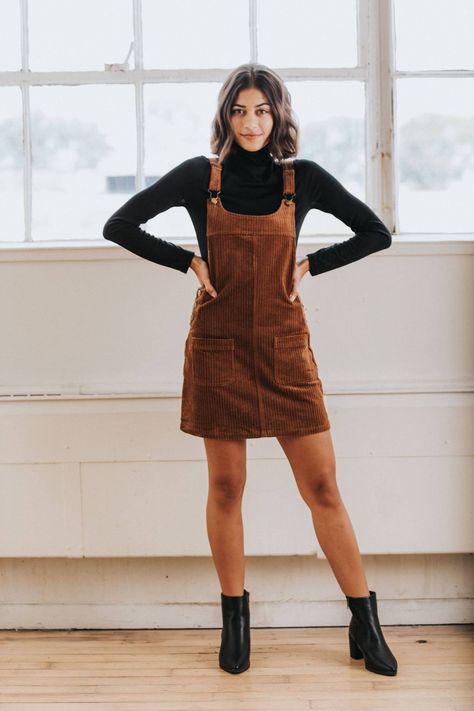
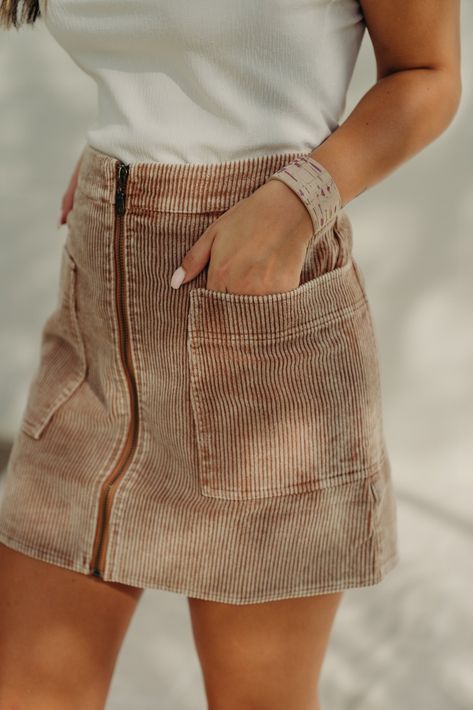

FIGURE SKATING DRESS AND COSTUME
Moira F. Harris
Used to make:
Vests, straight skirts, tailored shirts, structured jackets, jumpers, tailored pants, and children’s clothes. Dark colors are especially flattering on adults. If you are heavy, avoid wide-wale corduroy since it adds bulk.
Should be sewn in the direction of the pile
Needle: 80/12 HJ or 80/12 H.
Foot: Walking or Roller (loosen top tension slightly)
Stitch Length: 2.5mm straight
Betzina, Sandra. All New Fabric Savvy : How to Choose & Use Fabrics. Taunton Press, 2017.
“The fabric looks as if it is made from multiple cords laid parallel to each other and then stitched together. The word corduroy is from cord and duroy, a coarse woollen cloth made in England in the 18th century.[2] The interpretation of the word as corde du roi (from French, the cord of the King) is a false etymology.”
“Corduroy is a material traditionally used in making British country clothing, even though its origin lies among items worn by townspeople in industrial areas. Although corduroy has existed for a long time and was used in Europe since the 18th century, only in the 20th century did it become global – notably expanding in popularity during the 1970s.”


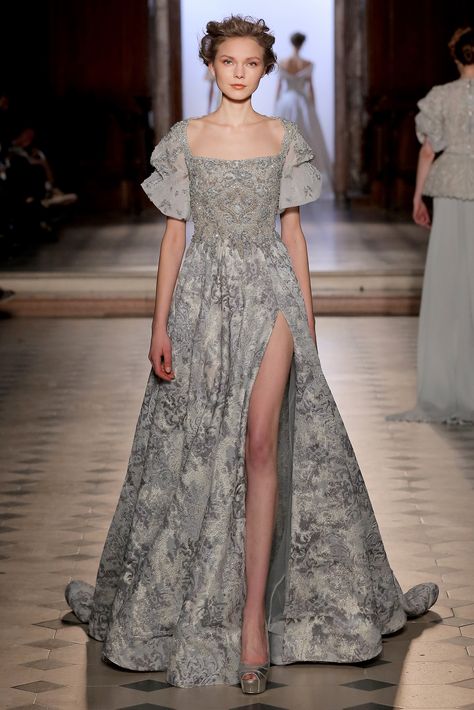
This is a brief glance at some pieces I find inspiring. When I’ve made clothing in the past, I’ve leaned towards taking high fashion silhouettes that inspire me and diluting them down a bit to make more ready-to-wear garments.
In these garments in particular, I enjoy different aspects of each piece. For the jumpsuit on the right, I like the simple utility of the design: it fits a purpose, though it has evolved from its basic origins of a blue-collar working garment to a more fashion-oriented piece. It serves a function and is made with the use of quality technical skills. The center image serves as color, fabric, and silhouette inspiration. I adore that color green, especially in that light fluttering fabric. I’m inspired by this seemingly effortless draping, which in reality must be technically difficult, especially with all that pleating and this thin textile. Lastly, I really enjoy this last piece to the right. Its very seemingly historical inspirations and the decadent beading on the bodice in peticular really stand out to me. I also just love the neckline and the style of the sleeve.